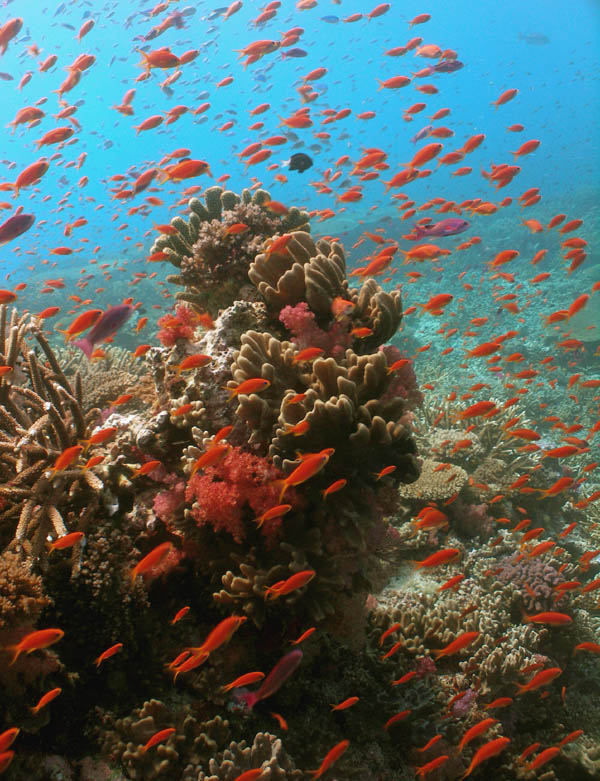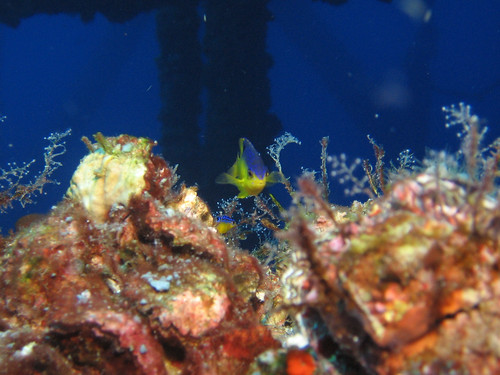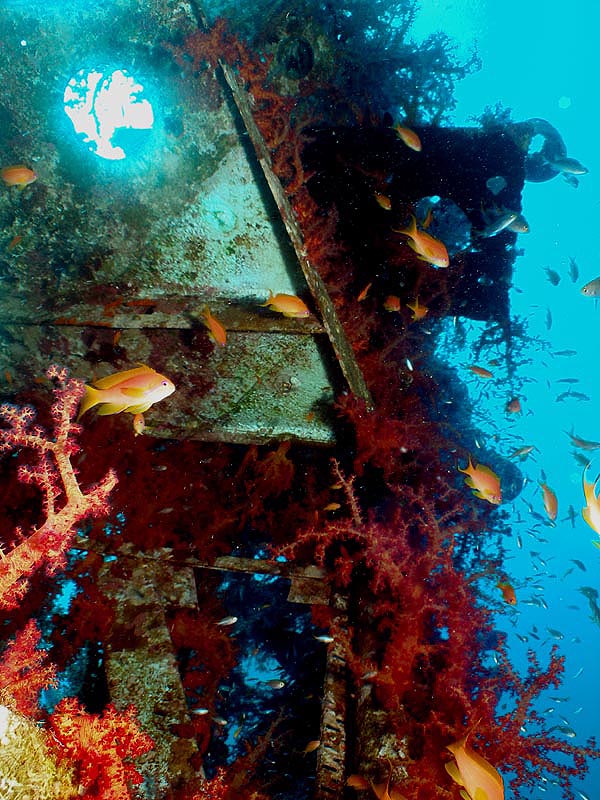Hello, Are there any cameras available that do automatic color correction? It can't be that difficult: an algorithm that subtracts "X" amount of blue per foot of depth, based on a crude pressure sensor. You might have to set it up once per dive, to account for local conditions, but it could be automatic from that point. I think the SeaLife just makes a flat correction, right?
Also, has any manufacturer implemented one of the many technologies that improve viewability of the LCD? Much of the time I can't even see what I'm shooting in the display.
While I'm wishing, I want something lightweight, compact, fast (I get a lot of "fish tails" with my current camera), and doesn't cost a year's pay.
Thanks for any pointers.
Also, has any manufacturer implemented one of the many technologies that improve viewability of the LCD? Much of the time I can't even see what I'm shooting in the display.
While I'm wishing, I want something lightweight, compact, fast (I get a lot of "fish tails" with my current camera), and doesn't cost a year's pay.
Thanks for any pointers.







